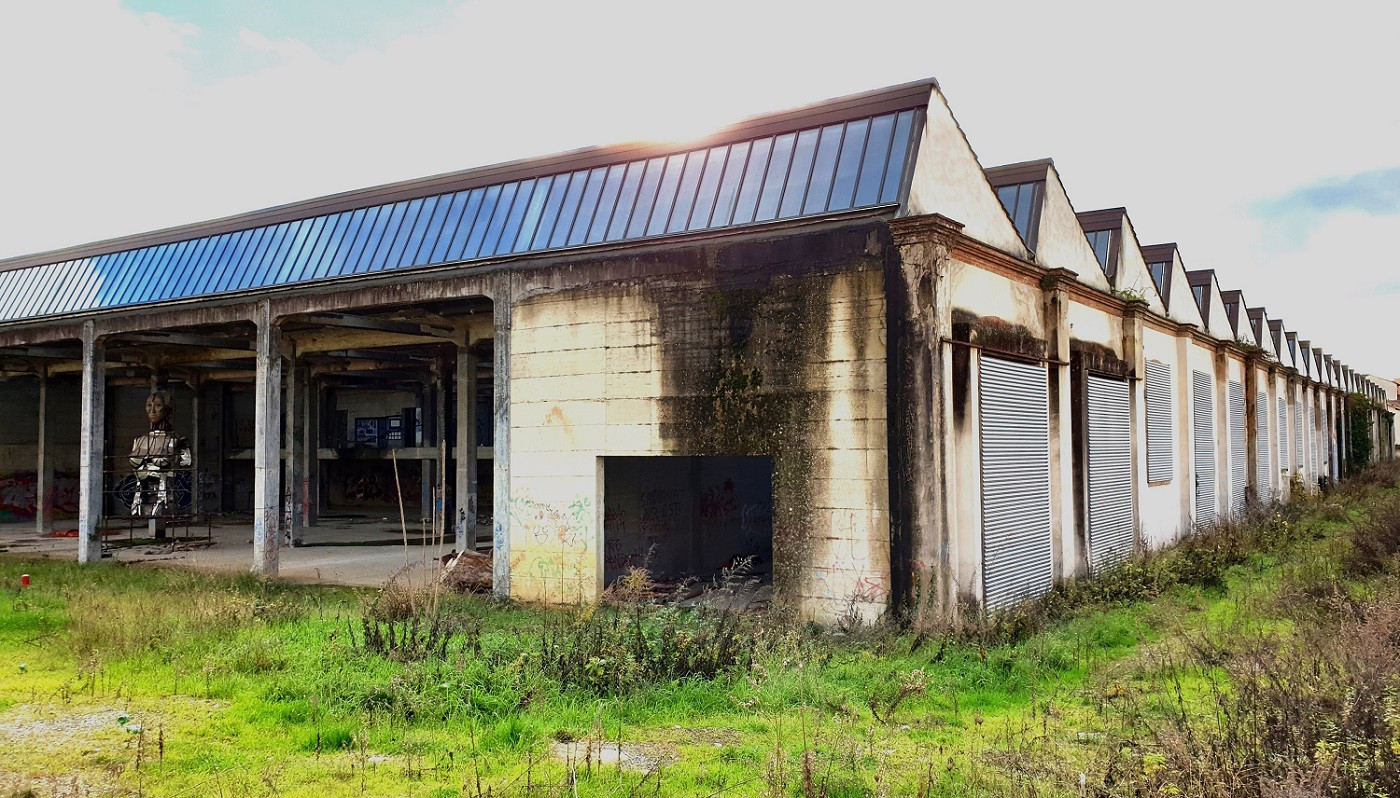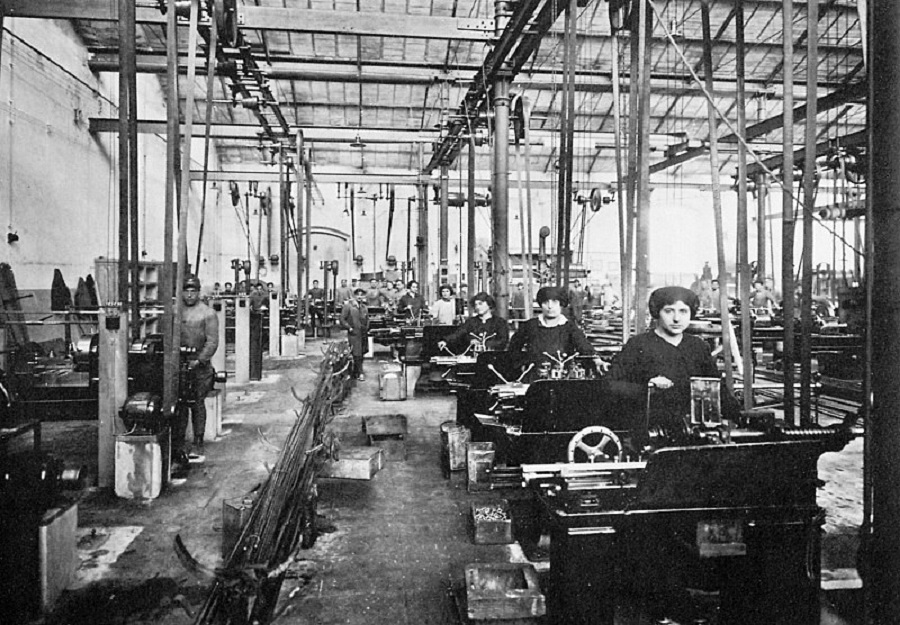
The Center of Contemporary Art in Florence that doesn't exist, an incredible story
Florence is universally considered
the city of art and hosts many universities, schools and art institutions, but
why doesn't it have a museum or a center of contemporary art to accommodate
large-scale events like other big Italian cities? Certainly its efforts are
mainly aimed at cultivating the past, both culturally and commercially, having
an immense heritage to maintain. But you don't live by Renaissance art alone!
Is it possible that the Florentines never saw the problem? In reality, they've
always been aware of this issue but never tried to resolve it.
Rifredi, a northern district of the
city, where part of the university and the Main City Medical Center are now
located, was an industrial and working-class area until the 1970s. In the
center of the area today you can see a huge abandoned industrial structure of
almost 40,000 square meters: the ruins of the
former Officine Galileo, today a refuge for cats, mice and vagabonds. Founded
in 1862, it was a leading high-tech industry and has produced, in its very long
history, high-quality mechanical, electrical, optical and photographic
scientific instruments for military and civil use.
In 1980 it was resized and moved outside
of Florence, leaving a huge space free just a short distance from the center. The
initial intent was to build the entire area for residential and commercial
purposes, but the Municipality of Florence and the District Council objected,
thinking of combining the need for a Center of Contemporary Art with the
safeguarding of the social and cultural tradition of the Officine Galileo, as
the City Councilor for Culture Franco Camarlinghi said at the time: "to
preserve a part of what was the most significant place in the history of the
Florentine working class in this century, planning to place there an activity
worthy of that great tradition ".
The Galileo industry, which had reached
8000 workers, had in fact been at the center of the social and political life
of the city for more than a century, expressing an intense trade union and
social activity, also through cultural and recreational associations such
as FLOG (Fondazione Lavoratori Officine Galileo) and the SMS (Mutual Aid
Society). In reality, the area was perfect: very large and without urban
restrictions, relatively central, very well connected to the motorway and
railway system and currently (2021) served by a modern and efficient tramway
that takes you to the Santa Maria Novella Railway Station and to the Florence
Airport in a few minutes.
Despite strong opposition, an amendment
to the Urban Plan was voted on, the commercial area was reduced and 3.5
hectares were allocated to the art museum project. Well-known architects and
designers were commissioned who, on several occasions, prepared projects after
projects, all beautiful and very ambitious. The future center was familiarly
called CAC (Center for Contemporary Art) and should have host contemporary art
in all its expressions: painting, sculpture, architecture, design, music,
dance, film production and multimedia reality. It should have become a
container of spaces for exhibitions, didactics, events of all kinds, studios,
workshops, ateliers, conferences, video-editing and projection rooms. There was
also room for a specialized library with reference rooms, a photo library, a
film library, a video library, a newspaper library and finally a
café-bar-restaurant. 2000 artworks of municipal property dispersed in many
different museums, institutions and deposits were available to start filling it
and would finally find their home.
More than 40 years have passed and,
despite the projecting efforts and costs, nothing has been done. Why? The
idea was surely linked to a political season (the 70s) characterized by great
enthusiasm and strong social and ideological motivations, but quickly waned.
Perhaps the will and energy to face and overcome the oppositions and obstacles
of a such an ambitious project vanished too? The projects have always been
pompously flaunted, but in reality it seems they have been experienced with
annoyance by the new political class!
The latest news is that new commercial and housing projects, with a bit of public green, are under discussion, something like before 1980. There is no mention of museums, and Florence today (2021) does not have a center dedicated to Contemporary Art.

Working women in the Officine Galileo from the early 1900s, taken from the Fratelli Alinari Archive, Florence.



